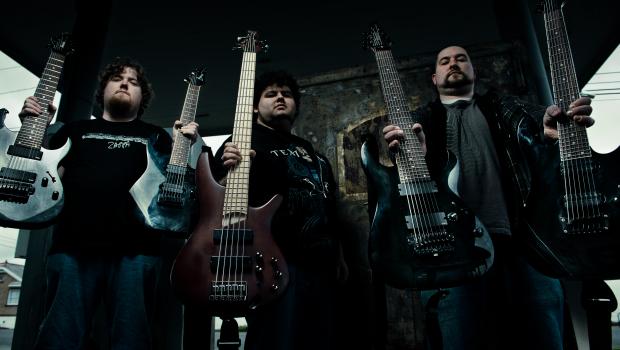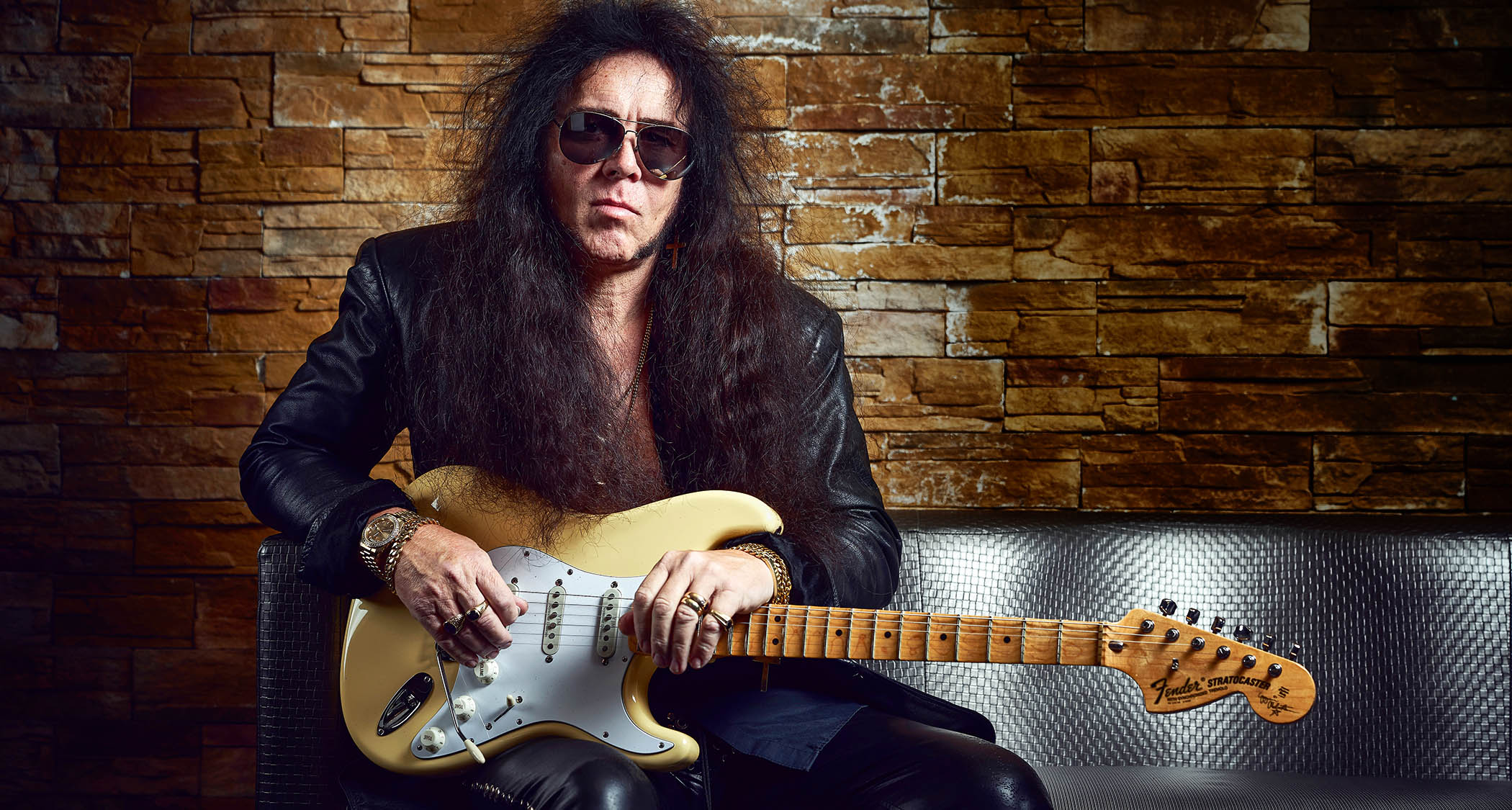The 5 Pillars of the DIY Band, Part 2: Recording

We return with this week with the 2nd "Pillar" we decided to discuss: recording. I'll go a little bit in depth on the processes and gear we used to record Moments. The entire album was tracked in our home studio (bedroom haha) over the course of about three months, and once completed was sent over to the amazing Acle Kahney (Tesseract/4D Sounds) for the mixing and mastering process. As I mentioned in Part One of this blog series, we would begin tracking a song once a very bare-bones version of it was completed.
Before I continue, I'll mention that having a good recording template is very useful when beginning work on an album. It made the whole process much more streamlined for us, just being able to open up each different track and knowing where everything was without sifting through 50-plus tracks, busses and FX sends (I think I mentioned we like layers). What we did was record one entire song vocally and instrumentally (“Mirage of Hope,” I believe) and tweaked it until we were happy with the demo mix. Then, we emptied the whole track out and saved that as a template file. Once that was done, beginning to track each new song was just down to opening the template and hitting record, although some extra tracks had to be added along the way.
Our DAW of choice is Cakewalk Sonar; for Moments we used Sonar 8 Producer Edition but now we have upgraded to Sonar X1. This is just the DAW we've always used and are most comfortable with, but others are very similar. Our signal chain for recording bass and guitars was pretty simple: Guitar -> Pod XT/X3 -> M-Audio Interface -> Sonar. We used the Pod X3 for bass and the XT for guitars, we've since upgraded to POD HD500s for everything. Some of the guitars we used were: Ibanez RG7321, Ibanez RG2228, and a Carvin DC747. For bass we used a 5 string Cort Artisan.
Once the drums were prepared in each song, we would record bass followed by distortion rhythm guitars. Then we would add in the clean/acoustic guitars and the synths into the mix to get a pretty complete song. There is a lot of tweaking in this step, and probably the most time would be spent here to make sure we felt the song was "full" enough. Repeat this process 11 times and the album is fully tracked — except the vocals!
We decided to leave the vocals until the end to do all at once so that we could get in our "zone" vocally and not have to worry about having to remember specific timbres. We used a Digital Reference DR-CX1 to record most of the vocals, and again did all the tracking at home. This is probably the most tedious bit of recording, lots of retaking... re-hydrating... blowing your voice out... and even at one point fainting (from holding out a scream for too long haha).
Upon completion, all the raw audio was sent over to Acle at 4D Sounds for his mixing expertise and it wasn't too long until we received the finished product. Little tweaks here and there to the mix were all that was needed! It was a very difficult but rewarding process. We were all working full time jobs and recording until the sun was coming up in the morning for a long while until we were pretty much zombies. Having said that, can't wait to do it all again.
Check back again next week for Pillar 3: Art and Design!
Get The Pick Newsletter
All the latest guitar news, interviews, lessons, reviews, deals and more, direct to your inbox!
Stealing Axion will release their debut album, Moments, on August 28 via InsideOut Music/Century Media Records. Check them out on Facebook here.
“The main acoustic is a $100 Fender – the strings were super-old and dusty. We hate new strings!” Meet Great Grandpa, the unpredictable indie rockers making epic anthems with cheap acoustics – and recording guitars like a Queens of the Stone Age drummer
“You can almost hear the music in your head when looking at these photos”: How legendary photographer Jim Marshall captured the essence of the Grateful Dead and documented the rise of the ultimate jam band









